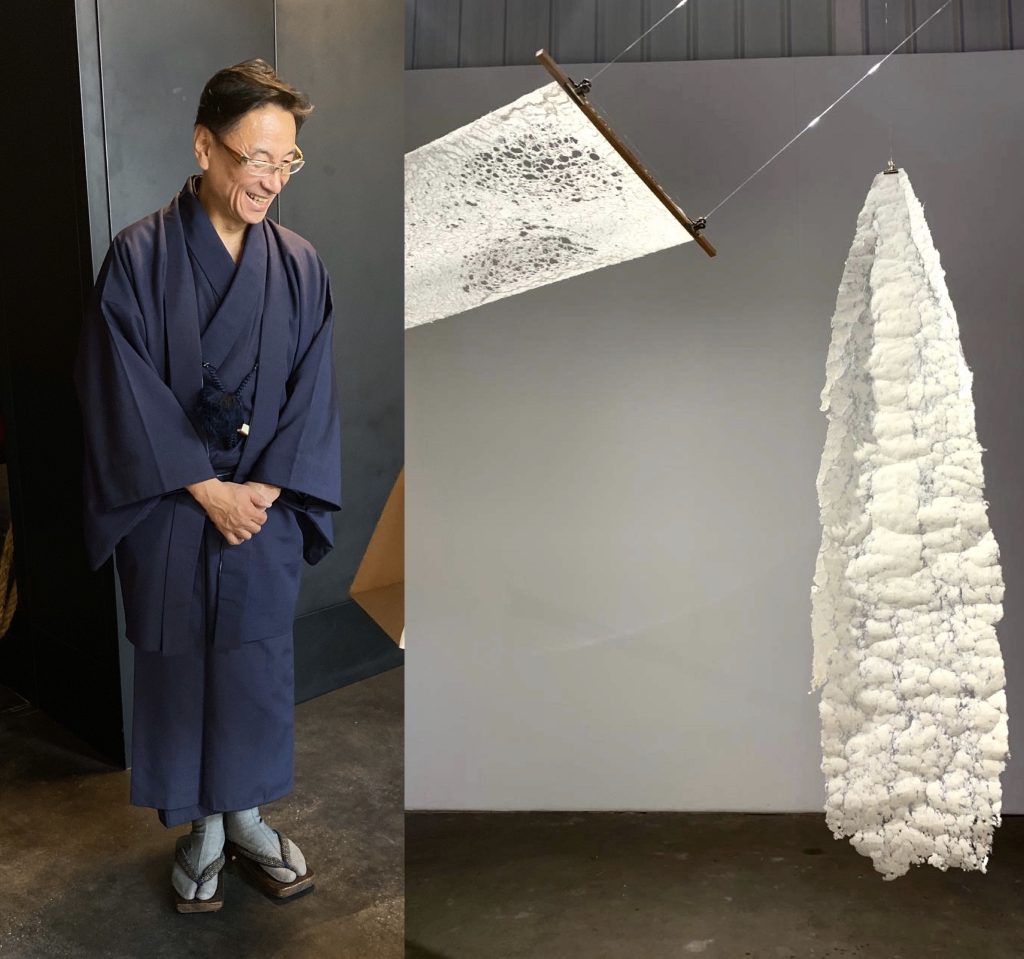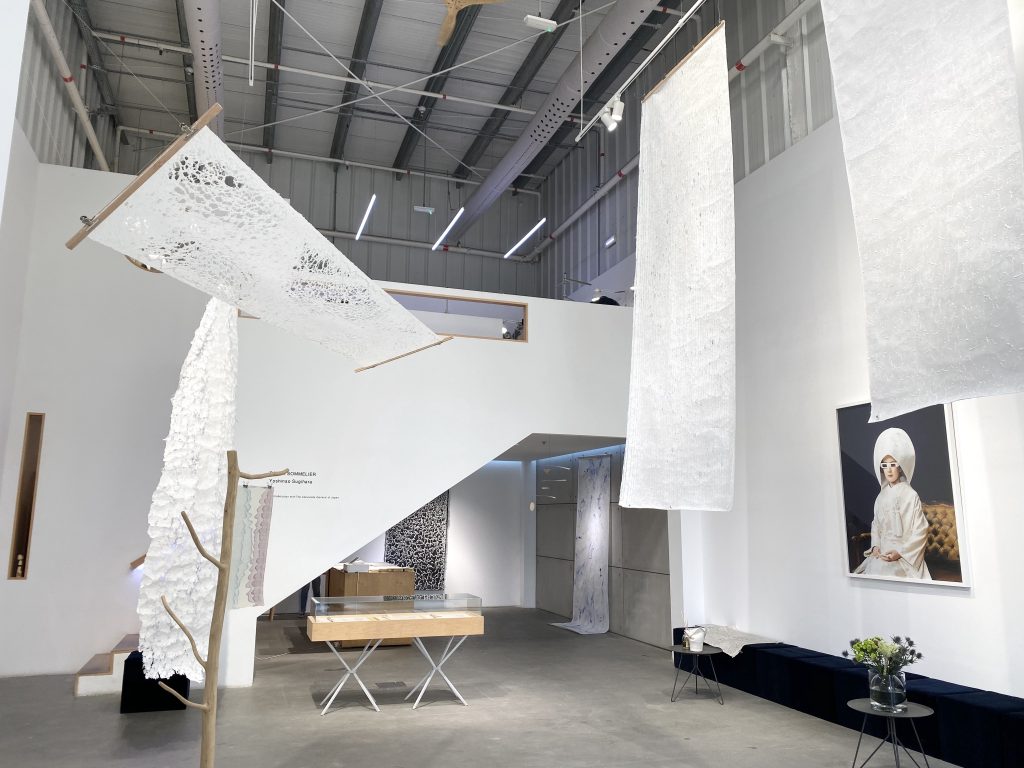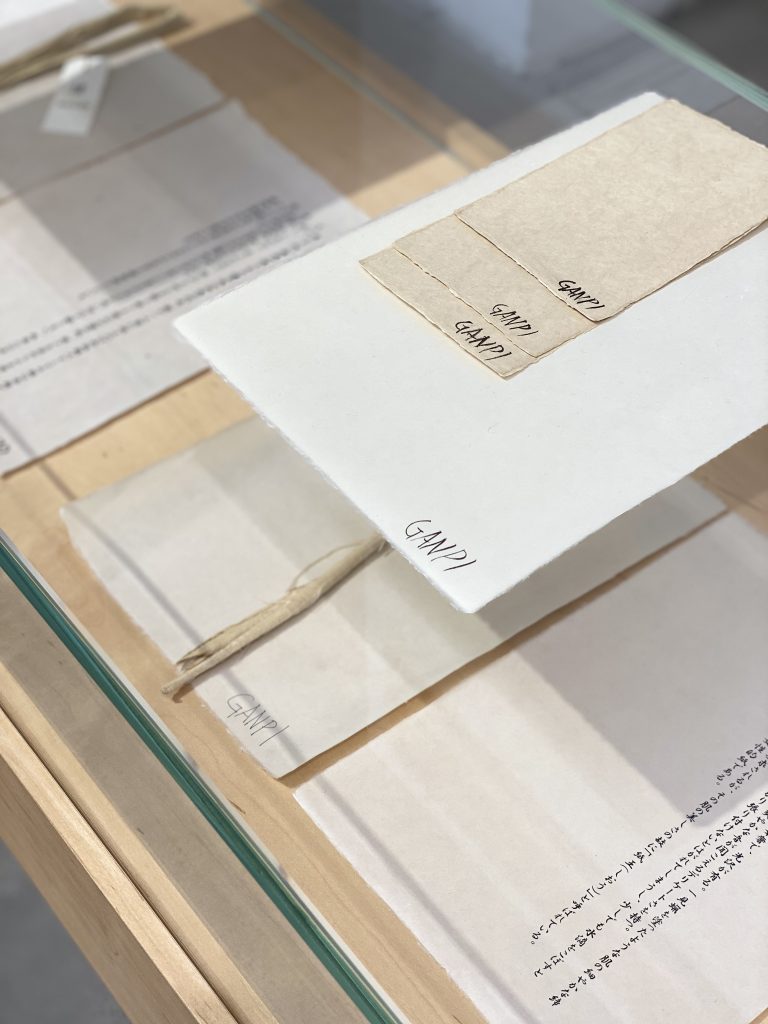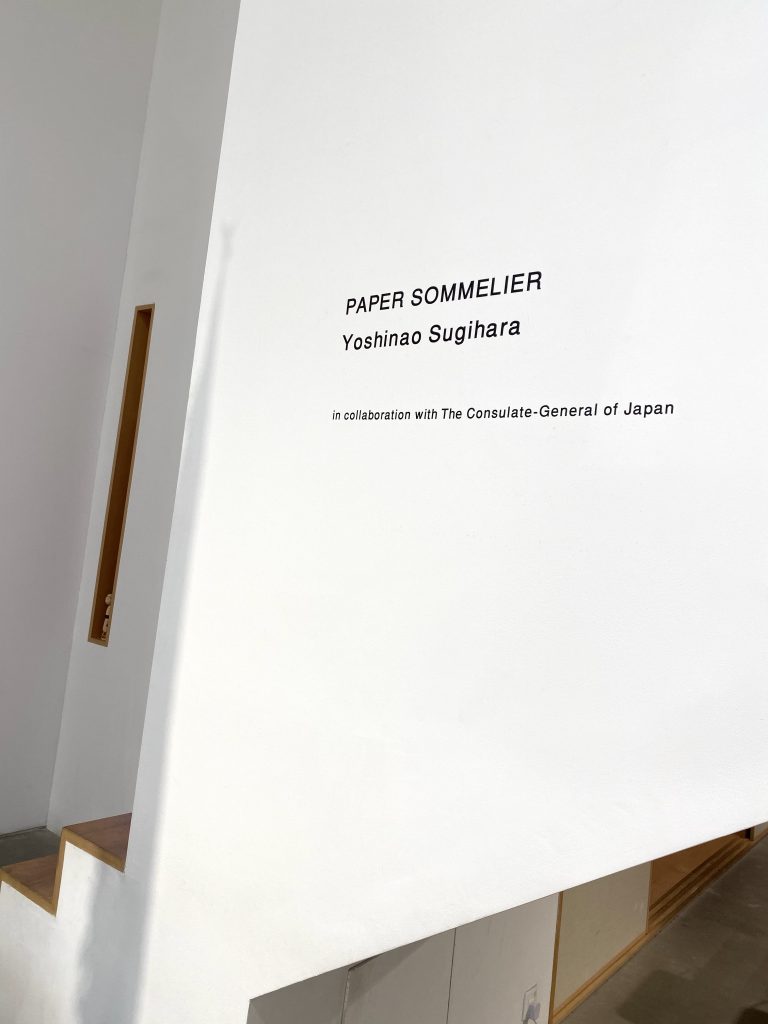







Diana Farah Dubai
A UAE-based clothing shop is helping to promote a traditional Japanese craft industry to the modern age by hosting a special exhibition.
Nemanja Valjarevic, co-founder and director of Dubai abaya store and art space CHI-KA, hopes the washi paper expo will serve as a “portal” between the Japanese and Arab worlds of architecture and interior design.
“Washi sommelier” Yoshinao Sugihara, a 10th-generation successor of a traditional Japanese paper wholesaler, has been exploring new ways to make use of the craft in his own country and overseas.
“Washi paper looks very delicate and fragile, but it is actually much more durable and resistant than normal paper,” Valjarevic said.
Made from a plant known as the gampi shrub which can rejuvenate itself yearly, the paper comes from a supplier in the city of Echizen, in Fukui Prefecture — one of Japan’s most prominent washi-producing areas.
Valjarevic pointed out that Sugihara had taken the 1,500-year-old art of Japanese papermaking “to entirely new heights,” and noted that the industry expert had collaborated with international architects and designers on projects in New York, Milan and Paris.
“The applications of washi paper are diverse,” Valjarevic said. “It can be used in lightboxes, light features, panels, windows, and even umbrellas.”
The exhibition at CHI-KA has provided Sugihara with a platform from which to showcase his craft and connect with artists in the Arab world.
“We have been able to create a portal that is opening another bridge of craft, where people from the Arab world are able to connect with craftspeople in Japan and work together,” Valjarevic added.
With demand for washi paper products slowing down, Sugihara is on a mission to introduce the craft to the rest of the world. His work has achieved international acclaim, won awards and led to his involvement in hundreds of lighting and artwork projects both in Japan and internationally.
Washi paper has been in use for thousands of years and was “used in (Spanish artist Pablo) Picasso’s paintings and even in the Versailles accord (key treaty ending WWI),” said Valjarevic.
He added: “Japan belongs to all of us, and the beauty of washi paper belongs to all of us too.”
The washi paper exhibition at CHI-KA until Dec. 3.